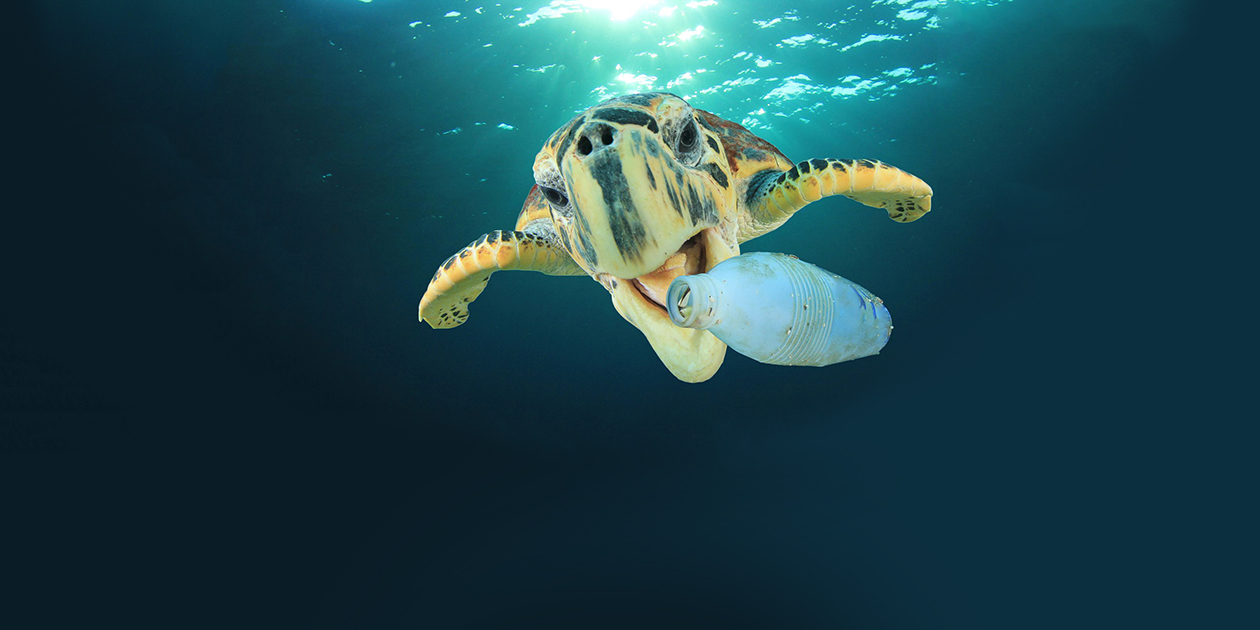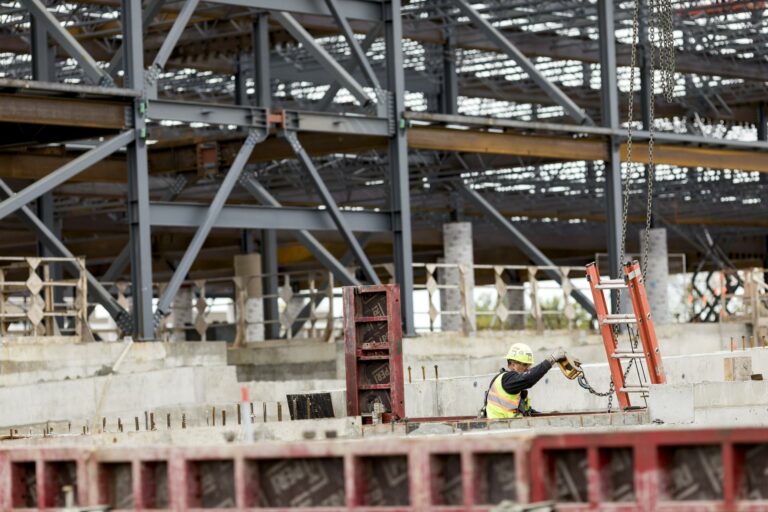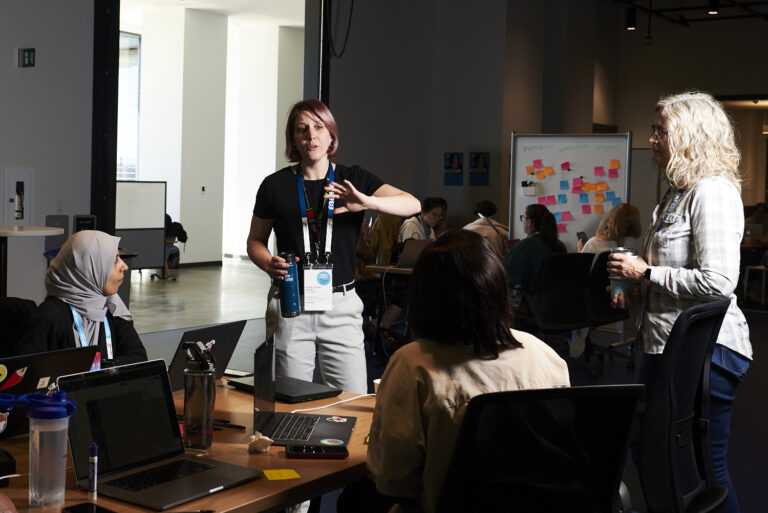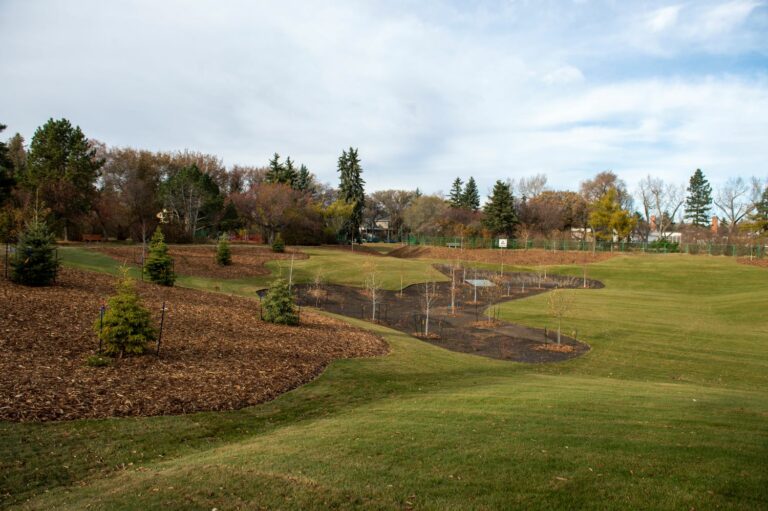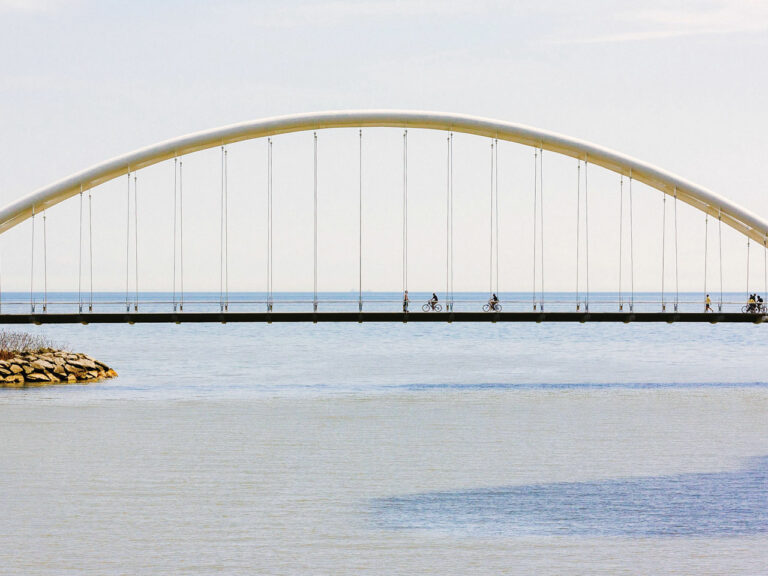As we gear up to celebrate Earth Day on April 22, let’s take this opportunity to celebrate this big, beautiful, green and blue orb we call home. Let us also take some time to remember that everything we have comes from our planet and everything we do has a direct impact on it. We’d all like to think our world can support us forever but the reality is that if we don’t treat her right, Mother Earth will not be able to do so. Earth Day 2018 is about changing human attitudes and behaviours around plastic waste.
The cluster of ocean plastic known as the Great Pacific Garbage Patch is now three times the size of France. We already know how to properly dispose of plastics and nobody could possibly be in favor of a country-sized garbage pile floating in our ocean, so why does such a thing exist? Globally, we produce more than 2 billion tonnes of garbage per year, which means that the entire world has contributed to getting us here, but we can also play a role in getting us out. The Garbage Patch is a floating reminder that little actions add up—for better or worse.
The concept of the circular economy is to embrace these small adjustments, by developing habits and solutions that build on each other to create resilient systems. As an example of how this can work, the City of North Battleford, Saskatchewan was, at one time, overwhelmed by odour, regulatory, and other biosolids management issues by following a traditional disposal approach and landfilling this material. By turning to a more sustainable, resource recovery model and making use of turnkey technology from Lystek, the city is now converting these valuable resources into a Canadian Food Inspection Agency (CFIA)-registered, Class A quality biofertilizer, thereby reducing the need for fossil fuel-intensive, conventional fertilizer while off-setting operational costs—a far more sustainable, win-win solution.
Many such simple solutions are also in motion elsewhere. The City of St. Thomas, Ontario, also adopted patented technology from Lystek to improve their wastewater treatment processes and end the practice of dumping biosolids into the landfill. The Lystek technology scored high against environmental, social, technical and economic evaluation criteria. City staff were also pleasantly surprised to find that, despite these advantages, the system would be; “a simpler process than what the city currently had in place.” Sometimes, a shift from traditional thinking is all that is required in the movement toward a more circular economy.
Could similar ideas help solve our oceanic waste problem? Possibly. However, we can begin by refusing to discard everything in the first place. Many things that seem like waste actually have plenty of value. Wastewater biosolids are a great example—who would want to keep that stuff? Well, the nutrients in this material can be used to create green biogas, potentially providing at least part of the energy required to power the plant that produced the raw gas in the first place.
Earth Day is a perfect opportunity to focus on how to educate and mobilize in support of these existing environmental solutions. In some cases, plastic pollutes bodies of water because the public doesn’t understand that plastic won’t degrade. In others, potentially recyclable materials are dumped in landfills by the tonne. Many organizations that were historically paying to throw out resources that could have been put to higher and better uses are now looking for better solutions. In all these scenarios, education can make an enormous difference.
Although several interesting technical solutions to clean up the Great Pacific Garbage Patch have been proposed, it is fair to ask how we will prevent it from reforming if we don’t change the behaviours that created the problem to begin with. The solution can only come from further education and inspiration.
The fact is that we already have the knowledge we need to solve the plastic and other waste problems. And we need not wait for technological “silver bullets” either. We can get started today.
Happy Earth Day…and let’s keep rethinking waste together!

